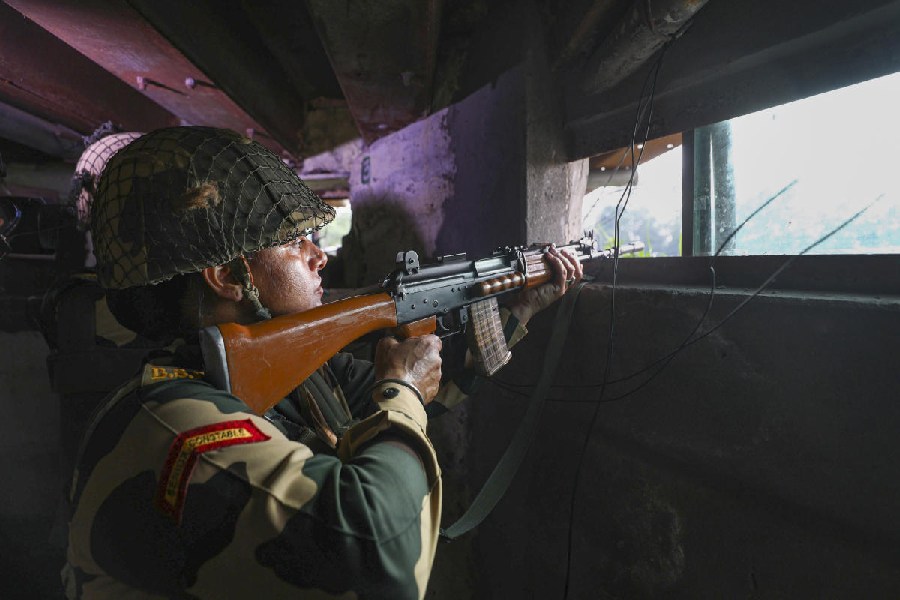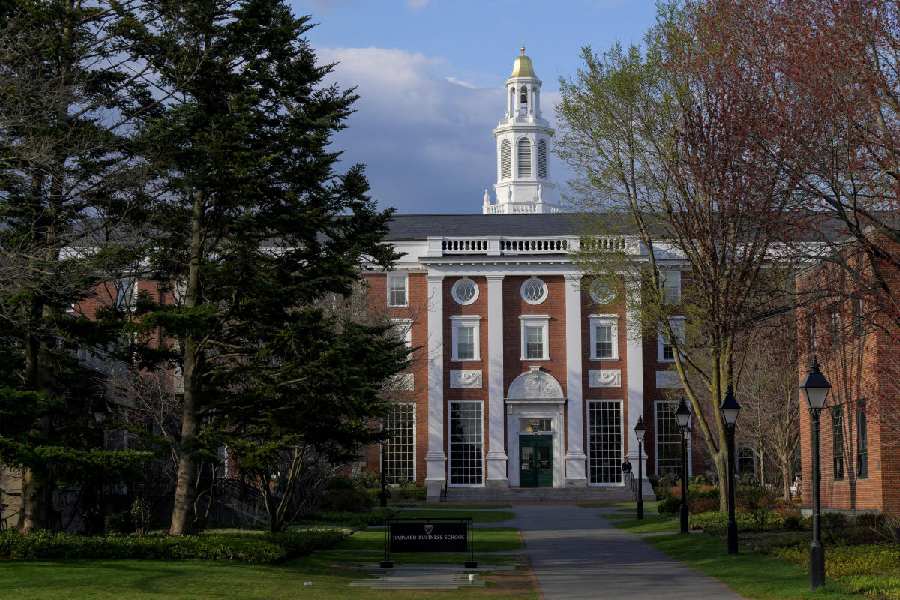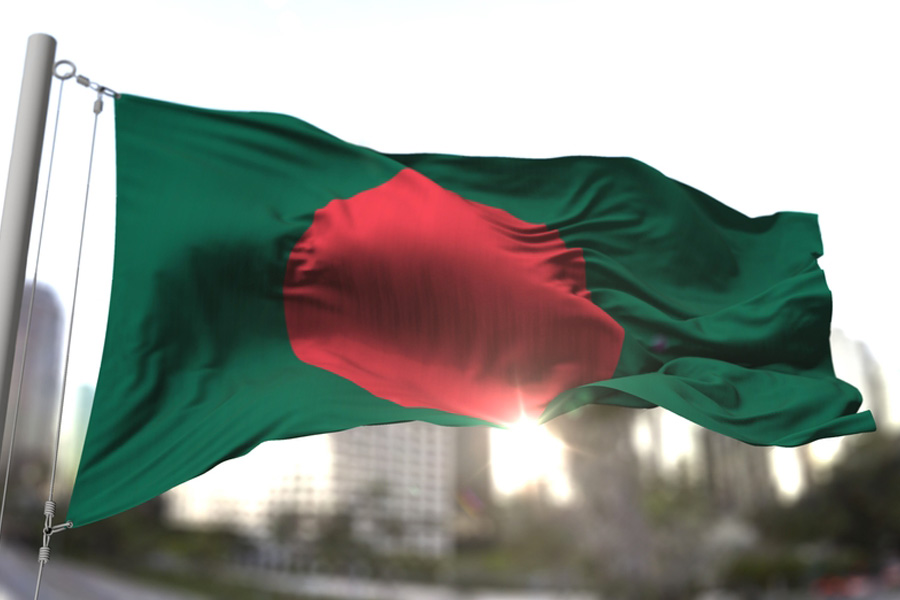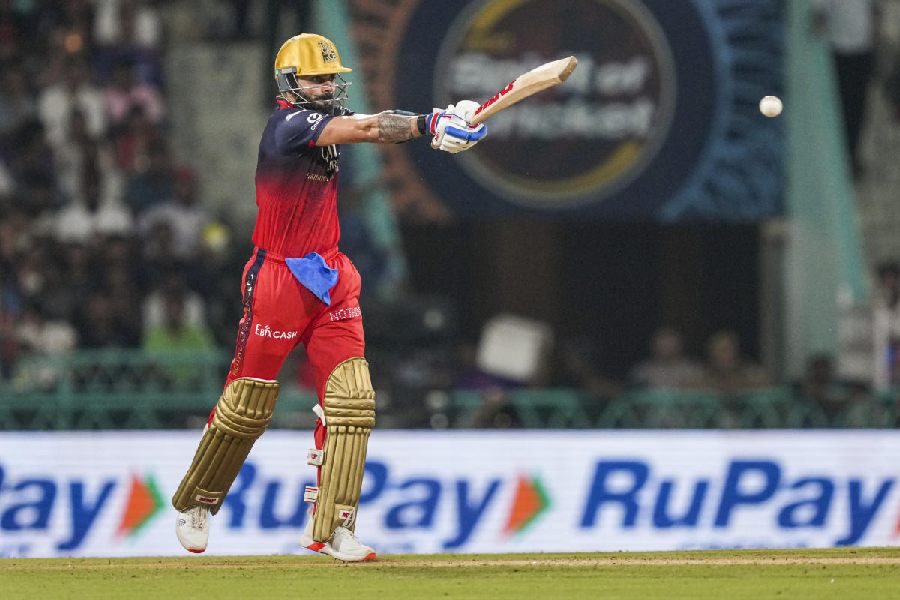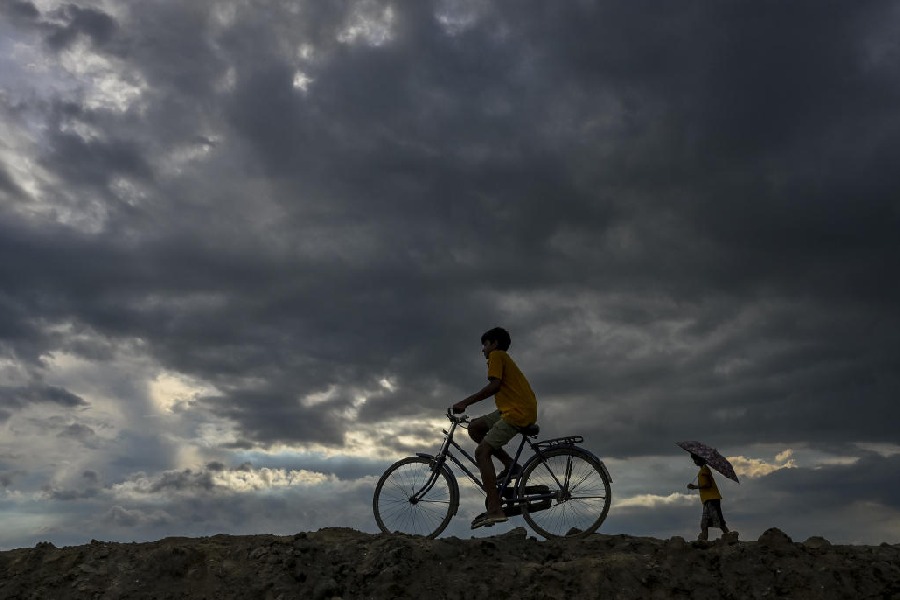|
|
| Ustad Amjad Ali Khan at the Dover Lane Music Conference, 2011 |
The Dover Lane Music Conference completed 59 years. Every year it holds its annual festival between January 22 and 25 at Nazrul Mancha to almost a full house every night till the early hours of the next day. Indian classical music fans abroad try to coordinate their annual visit to India so that they do not miss this opportunity of hearing the best in instrumental and vocal music.
Dover Lane has, in the past half a century, witnessed Ustad Hafiz Ali Khan as well as Ravi Shankar with Kishen Maharaj, Vilayat Khan with Shamtaprasad, Bade Ghulam Ali Khan, Amir Khan and Bhimsen Joshi in their best form as also the trend of moving away from the gharana they represented to highlight their individual creative faculties. It was individual creative genius overshadowing their learned presentation, all along, leading to the star system of today. Both Ali Akbar Khan and Nikhil Banerjee gave their last concerts here, and the young Amjad Ali Khan, probably in his fourth or fifth Calcutta appearance, created a sensation with Alla Rakha Khan on the tabla, outwitting him in the saathsangat bouts, and surprising him with a superfast, clear jhala, then unheard of on this instrument.
As the audience expanded from the hundreds to the thousands, the music was edited and tailored to perfection, and the simple sound system gave way to a highly complex one. The voice as well as the instrumental strokes were controlled to suit the changes in the last nearly 60 years.
Amjad Ali Khan still remains the star attraction of this festival. Paying homage to the memory of Suchitra Mitra, he started with a Tagore song, “Kon khela je khelbo kokhon”, based on the evening raga, Khamaj, and later paid respect to Bhimsen Joshi and recalled their intimate association. Bhimsen, while still in quest of a guru, learnt Puriya from Amjad Ali Khan’s father, the late Ustad Hafiz Ali Khan, the greatest sarod player of his time and also a great dhrupad singer. Bhatiyar was Amjad’s first major raga, followed by Mian ki Todi, Jogiya, and Bhairavi, finally leading to Ragamalika.
Amaan Ali Khan, who has already established himself as a sarod player with a distinctive style, played Kaushi Kanada with the ease of a master. His bold, masculine and virile baaj has now become more linked and sophisticated. The raga, Kaushi Kanada, depicted the pathos of a lover in the deeper octaves with amazing virtuosity in taans, gamaks and tehais. His Kaushi Kanada also emphasized both the pancham and the madhyam to highlight the Darbari-Malkauns amalgam. Amaan played char taal ke sawari, the 11-beat cycle, as easily as teental and ended both the items with superfast jhala. Rashid Mustafa and Fateh Singh Gangani gave able accompaniment to his traditional gatkari. His Desh was romantic and melodic. It is heartening to hear a young musician play a dhrupad-style long alap.
Kushal Das elaborated Hemant, with emphasis on the madhyam and, as required, with frequent returns to the origin, the sa. The concluding Sohini was neat. Rajendra Prasanna could have shortened his flute recital in Jogkauns, followed by Kedar, Kaushik Dhwani and a folk dhun.
Rakesh Chaurasia’s Bageshree, on the third night, was pleasantly edited and had a soothing round tone. He followed with the pentatonic Hansdhwani and concluded with Pahari. Shivkumar Sharma’s new raga, Antardhwani, was, as usual, pleasant to hear. N. Rajam’s violin recital in ragas Darbari and Nilambari had the usual sobriety of approach and smoothness of tone.
In vocal music, Rashid Khan was the listeners’ favourite. His Lalit, Ahir Bhairav and Bhairavi touched the heart and gave the desired peace the audience yearns for. His ability to reach the audience and charm them within minutes was admirable. Kaushiki Deshikan also charmed. Her singing, now distinctive with other influences, is based on a larger canvas. Her Jog, Kaushik Dhwani, tilana in Yaman Kalyan and Purab-style dadra in Pahari were all sincere attempts to capture the varied tastes of the listeners.
Arati Ankalikar took some time to warm up but then sang with vigour, clarity and a connecting-phrase approach which only composition-based taalim can give. Kaivalya Kumar Gurav lacked this, but made it up with his aesthetic awareness and feeling. Jayateerth Mevundi sang khayals in Puriya Kalyan and Abhogi with feeling and perfect command over the raga phrases.
Dhrupad by Gundecha brothers in Raga Jog was a brilliant attempt to make this vocal form acceptable to the masses. This they have done by swara accuracy, excellent barhat and aesthetic sense. Jog is a raga that was created from Tilang about a hundred years ago. Old wine in a new bottle has always kept our ancient classical form evergreen. Alap not woven around traditional dhrupad gave the brothers ample scope for creativity and expression.
Ajay Chakraborty’s Bhairavi khayal, in contrast, was a brilliant attempt to go back to the ancients. His research in old compositions of all gharanas has given him this ability to reconstruct with aesthetic awareness. Ashwini Bhide Deshpande sang khayal in Kaushi Kanada, highlighting the pancham. This kanada-plus-kauns version is, however, the most accepted one throughout India. Her Nand Dhwani was interesting.
Accompanists Sabir Khan, Anindo Chatterjee, Shubhankar Banerjee, Tanmoy Bose, Sujit Saha, Shreekant Mishra, Jyoti Goho, Sanatan Goswami, Rupashri Bhattacherjee, Murad Ali and others assisted the main musicians well.



